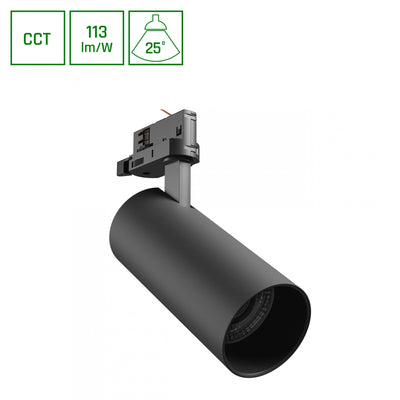
Track Lighting
Track lighting offers a versatile way to place and direct light exactly where it’s needed. This system, consisting of power tracks to which various fixtures can be attached, is especially functional. It allows you to easily adjust the lighting without requiring major electrical work. Track lighting is a practical solution for both private homes and professional environments.
-
 Spectrum-24W-2700lm-6000K-No-IP20-76x177x228mm22,95
Spectrum-24W-2700lm-6000K-No-IP20-76x177x228mm22,95 -
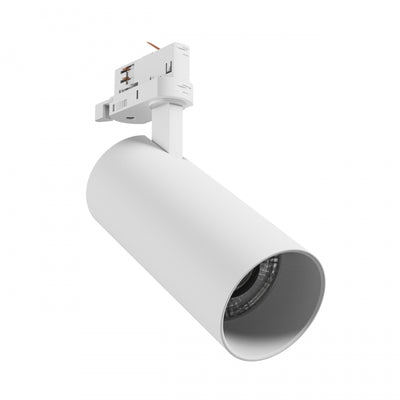 Spectrum
SpectrumSpectrum LED Tracklight Andromeda Prime 3F 1-phase track White
-24W-2700lm-6000K-No-IP20-177x76x228mm22,95 -
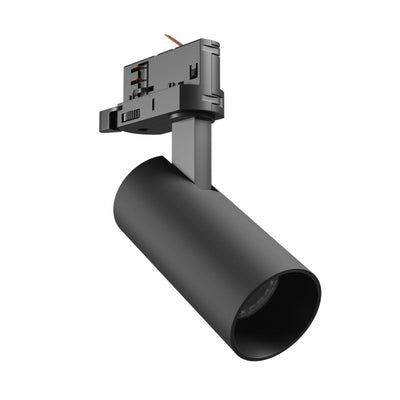 Spectrum
SpectrumSpectrum LED Tracklight Andromeda Prime 3F (1-phase track) Black
-8W-800 lm-6000K-No-IP20-54x109x160mm15,95 -
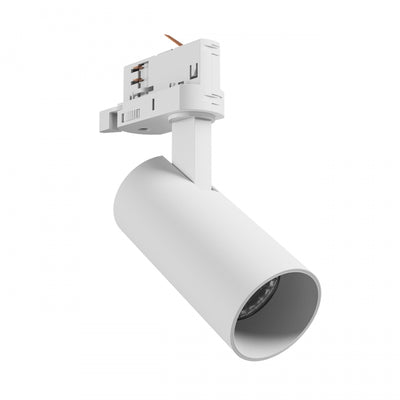 Spectrum
SpectrumSpectrum LED Tracklight Andromeda Prime 3F / 1-Phase Track White
-8W-800 lm-6000K-No-IP20-54x109x160 mm13,95 -
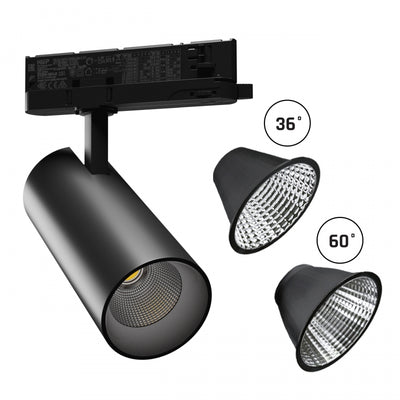 Spectrum
SpectrumSpectrum LED Spotlight Andromeda 3-Phase Track Black
-15-27W-3200lm-4000K-No-IP20-74x170x170mm38,95 -
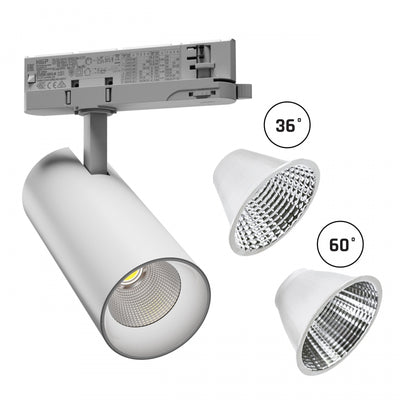 Spectrum
SpectrumSpectrum LED Downlight Andromeda 3-phase track White
-15-27W-3200lm-4000K-No-IP20-170x170x74mm39,95 -
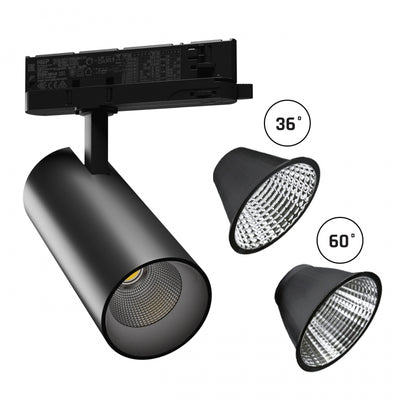 Spectrum
SpectrumSpectrum LED Recessed Spotlight Andromeda 3-Phase Track/Bus Black
-15-27W-3000 lm-3000K-No-IP20-170x74x170 mm34,95 -
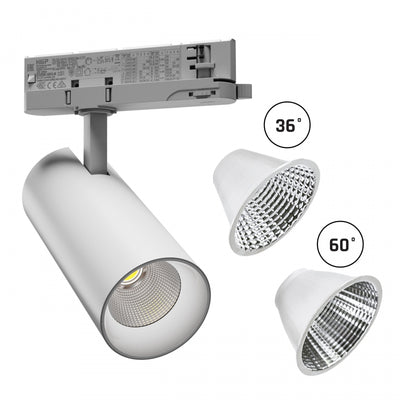 Spectrum
SpectrumSpectrum LED Downlight Andromeda 3-phase track White
-15-27W-3000 lm-3000K-No-IP20-170x74x170 mm34,95 -
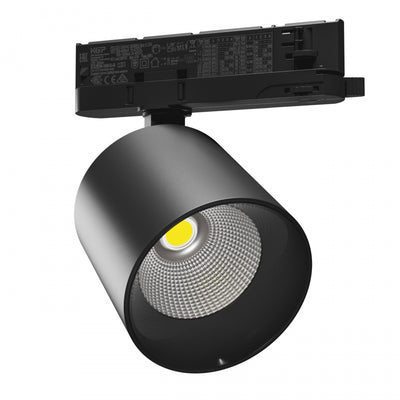 Spectrum
SpectrumSpectrum LED Downlight Artemida Maxi 3-phase rail Black
-42W-4500lm-4000K-No-IP20-96x100x130mm49,95 -
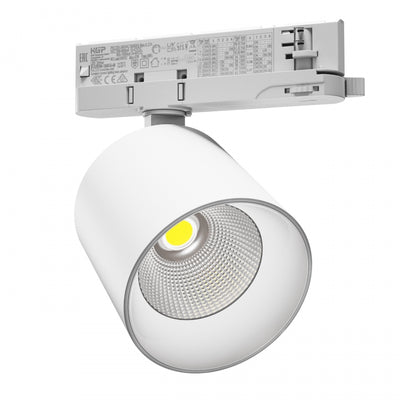 Spectrum
SpectrumSpectrum LED Spotlight Artemida Maxi 3-phase / circuit bus White
-12-42W-4500lm-4000K-No-IP20-96x100x130mm59,95 -
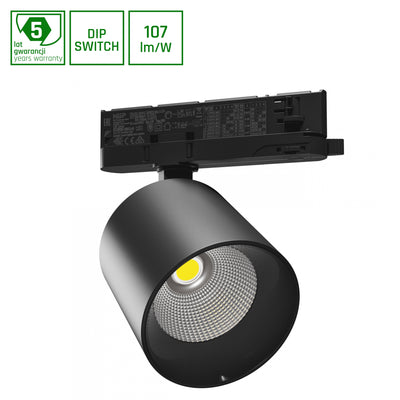 Spectrum
SpectrumSpectrum LED Spotlight Artemida Maxi 3-phase track Black
-42W-4500 lm-3000K-No-IP20-96x100x130 mm69,95 -
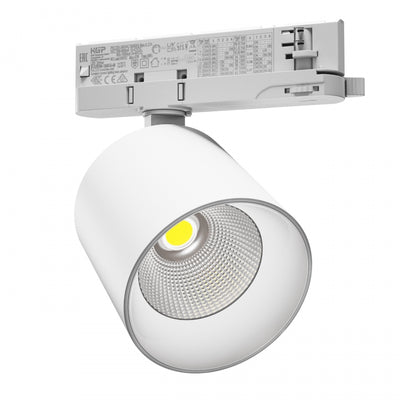 Spectrum
SpectrumSpectrum LED Downlight Artemida Maxi 3-phase track mounting White
-42W-4500lm-3000K-No-IP20-96x100x130mm59,95
Features and Benefits of Track Lighting
Choosing a track system brings various advantages. The system is modular, allowing for easy expansion or adjustment to new situations. The main features and benefits are:
- Adaptability: Fixtures can be freely positioned along the track, and most spots are adjustable. This provides great flexibility in lighting design.
- Space-saving: Since all lighting hangs from a single track, you achieve a tidy ceiling appearance without multiple power points.
- Aesthetic integration: Track lighting fits into a variety of interior styles, from sleek modern to industrial. It provides a unified appearance for the lighting.
- Easy expansion: Adding spots or pendant lamps later is possible without much effort, provided the system capacity allows for it.
Types of Track Systems: Choosing the Right Solution
There are mainly two types of track systems available: single-phase and three-phase track lighting. The choice depends on the complexity of the desired light control and the intended application.
Understanding Single-Phase Track Lighting
A single-phase track system is a straightforward setup where all connected fixtures switch on or off at the same time. This means you can operate all lamps in the system with a single switch. This system is suitable for situations where uniform light control suffices, such as in smaller living spaces, a kitchen, or a hallway. The installation is straightforward, making it an accessible choice for many users.
Understanding Three-Phase Track Lighting
A three-phase track system offers more flexibility in light control. Within a single track, three separate electrical circuits are available, making it possible to control fixtures in groups. This means that different parts of the track can be operated independently with multiple switches. This system is widely used in commercial spaces such as shops, showrooms, or offices, where differentiated lighting is needed for, for example, shop windows, workstations, or objects. Installation of a three-phase system is more complex than that of a single-phase system, as it involves multiple power circuits. For professionals aiming to create advanced lighting plans, this system is standard.
Components of a Track Lighting System
A complete track system consists of various components working together to form a functional lighting solution. Below is an overview of the main components:
| Component | Function | Notes |
|---|---|---|
| Track | The foundation; supplies power to the fixtures. | Available in various lengths and colors. |
| Power Feed | Connects the track to the electrical network. | Can be placed centrally or at the end of the track. |
| Connectors | Join track segments together. | I-, L-, T-, and X-shaped variants to create any desired setup. |
| End Caps | Close the open ends of the track. | Essential for safety and a finished look. |
| Track Spots | Fixtures that are mounted directly onto the track. | Wide range of designs, light colors, and beam angles. |
| Pendant Adapters | Allow pendant lamps to be attached to the track. | For decorative or functional pendant lighting. |
| Linear Lighting | Elongated fixtures for diffuse or focused lighting. | Offer a sleek, continuous light line. |
Practical Installation Tips for Installers
When installing track lighting, a few considerations are important to ensure safe and long-lasting operation.
- Check phase compatibility: Make sure the chosen fixtures are compatible with the type of track (single-phase or three-phase). A three-phase spot generally will not work on a single-phase track, and vice versa.
- Ceiling load capacity: Check that the ceiling can support the total weight of the tracks and fixtures, especially for longer systems or heavier pendant lamps.
- Proper grounding: Grounding is important for safety. Ensure the ground wire is correctly connected to the track and fixtures.
- Work with power off: Always turn off the power at the distribution board before starting installation or making modifications.
- Correct connectors: Use the right connectors for making bends or extending the system. Never force connections.
- Load balance (three-phase): Distribute fixtures evenly across the three available phases in a three-phase system to avoid overloading a single circuit. This extends the lifespan of the system and prevents failures.
- Finish and aesthetics: Neatly conceal cables and connections. End caps and power feeds are not only functional, but also contribute to a refined finish.
Applications for Track Lighting
The flexibility of track lighting makes it suitable for a wide range of applications in both residential and commercial settings:
- Living rooms and kitchens: Provides targeted lighting for reading corners, artworks, or accent lighting above a kitchen island or dining table.
- Retail and showrooms: Ideal for highlighting products, displays, or specific zones, with easy adjustment of light direction for changing presentations.
- Offices and meeting rooms: Provides functional work lighting and can be used to highlight specific areas, such as whiteboards or presentation screens.
- Galleries and museums: Offers focused accent lighting for artworks, with the ability to adjust the beam for changing exhibitions.
- Restaurants and hospitality: Creates both atmosphere and functionality, with the option to highlight tables and specific decorations.
Frequently Asked Questions about Track Lighting
Below we briefly and clearly answer common practical questions.
Can I install single-phase spots on a three-phase track?
No, this is not possible as standard. The adapters are different. Some manufacturers offer adapters compatible with both systems, but this is rare. Always check the product information.
What is the maximum length a track system can be?
The maximum length is determined less by the track itself and more by voltage drop and the number of fixtures. Consult the manufacturer's specifications and take total wattage into account. For longer distances, a central power feed or multiple power feeds may be needed.
Are all track spots dimmable?
Not all track spots are dimmable. This depends on the built-in light source and driver in the spot. Check the product description to see if a spot is dimmable and which type of dimmer is suitable (leading-edge, trailing-edge, DALI, Zigbee).
Is track lighting suitable for outdoor use?
In principle, track lighting is designed for indoor use. For outdoor environments, special systems with a higher IP rating (at least IP44, often IP65) are required. A standard track system is not suitable for outdoor use.










